Bugs in the woods
Forests are complex, intricate and nuanced—and also massive, expansive and interconnected.
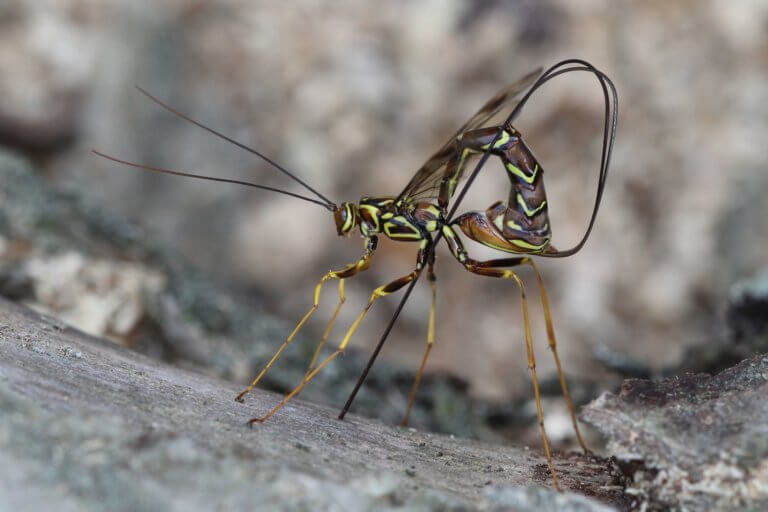
Forests are complex, intricate and nuanced—and also massive, expansive and interconnected.
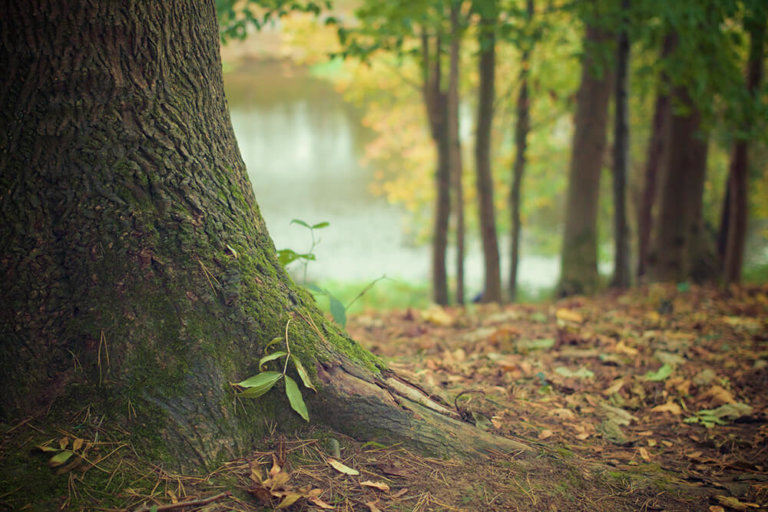
As I write this, the leaves of our trees have unfurled, our forests blooming in an unthinkable diversity and abundance. Even in the midst of a dry early summer, everything seems full to the brim with water and with life.
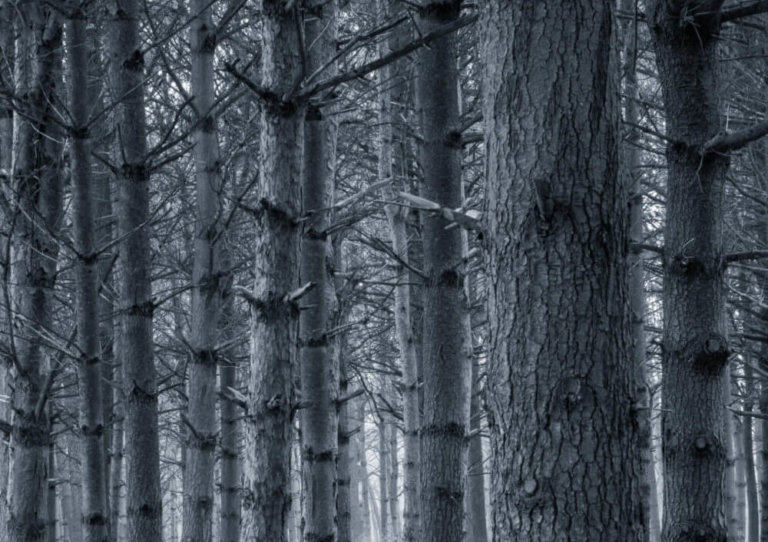
I often talk about encouraging diversity in our forests. The reaction of most people is that they want their forest to be diverse, but they might not know what that actually means or why it’s important.
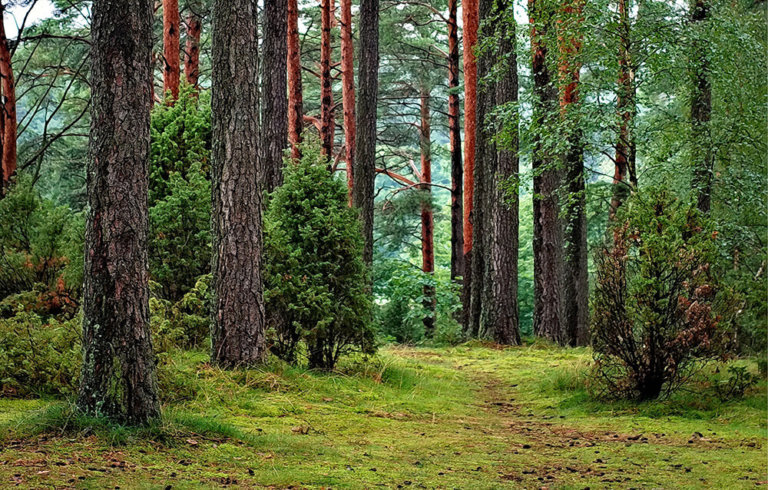
Whether you realize it or not, the lives of Vermonters are massively enriched by forests, both aesthetically (we are the Green Mountain State, after all, and the green on the mountains is forests), economically and culturally (through our working landscape
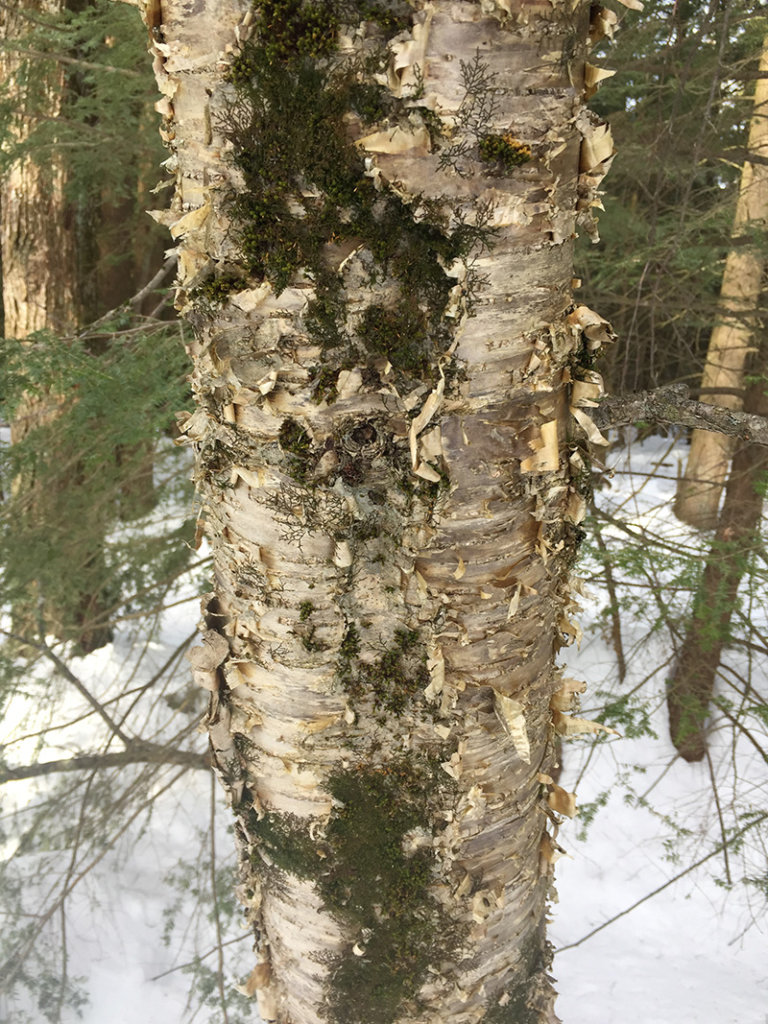
Yellow birch (Betula alleghaniensis) is a striking tree: golden, metallic bark shines among the grays and browns of other trees. The cousin of our most-identifiable tree, the white or “paper” birch (Betula papyrifera), yellow birch has many of the same attributes: bark with little horizontal dashes, peeling horizontally.
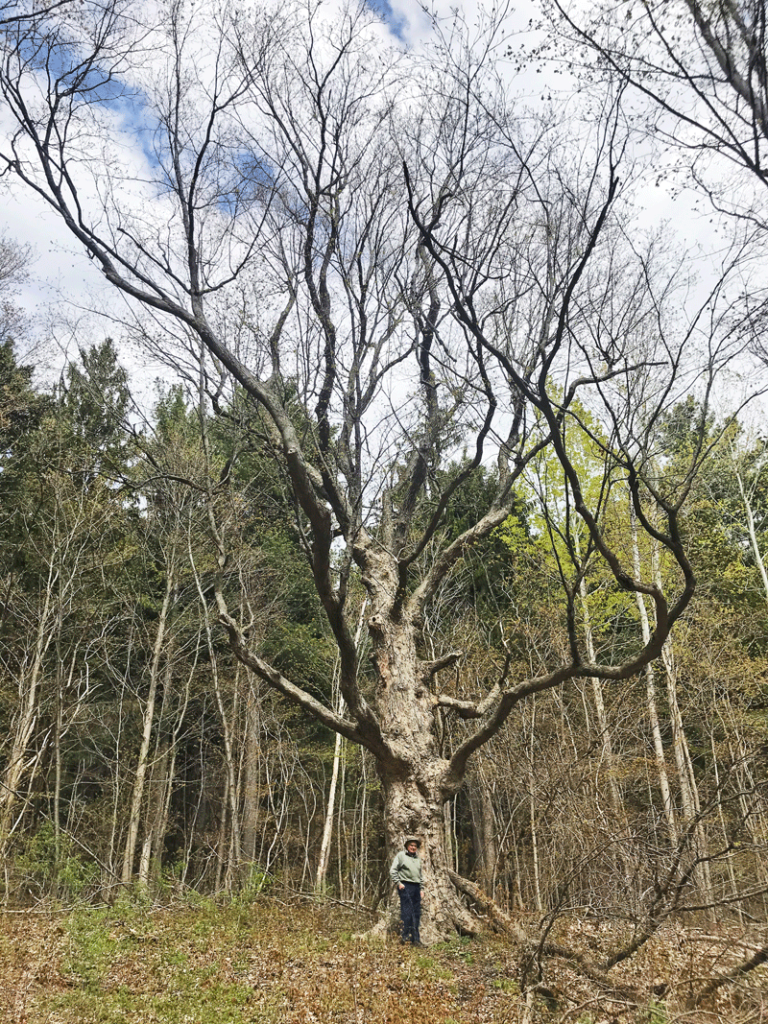
On February 6, The Charlotte News published an article by Chittenden County Forester Ethan Tapper on wolf trees. Tapper defines a wolf tree as one that grows in an open field, like a “lone wolf.”
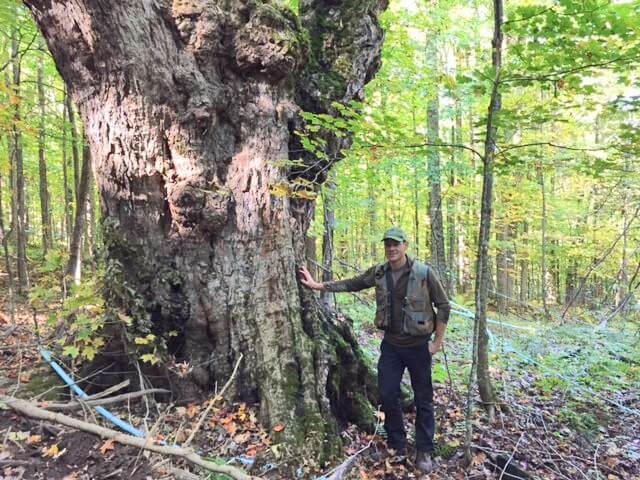
If you’ve ever walked in Vermont’s woods, chances are that you’ve stumbled upon a “wolf tree.” These giants of the forest are hard to miss; massive, gnarled trees with huge lateral branches extending from their trunks. They are called “wolf” trees because they were once standing in the middle of an open field, like a “lone wolf.” Their unusual form is due to their lonely nature — with no adjacent trees to compete with, they stretched their branches out to reach light in every direction.
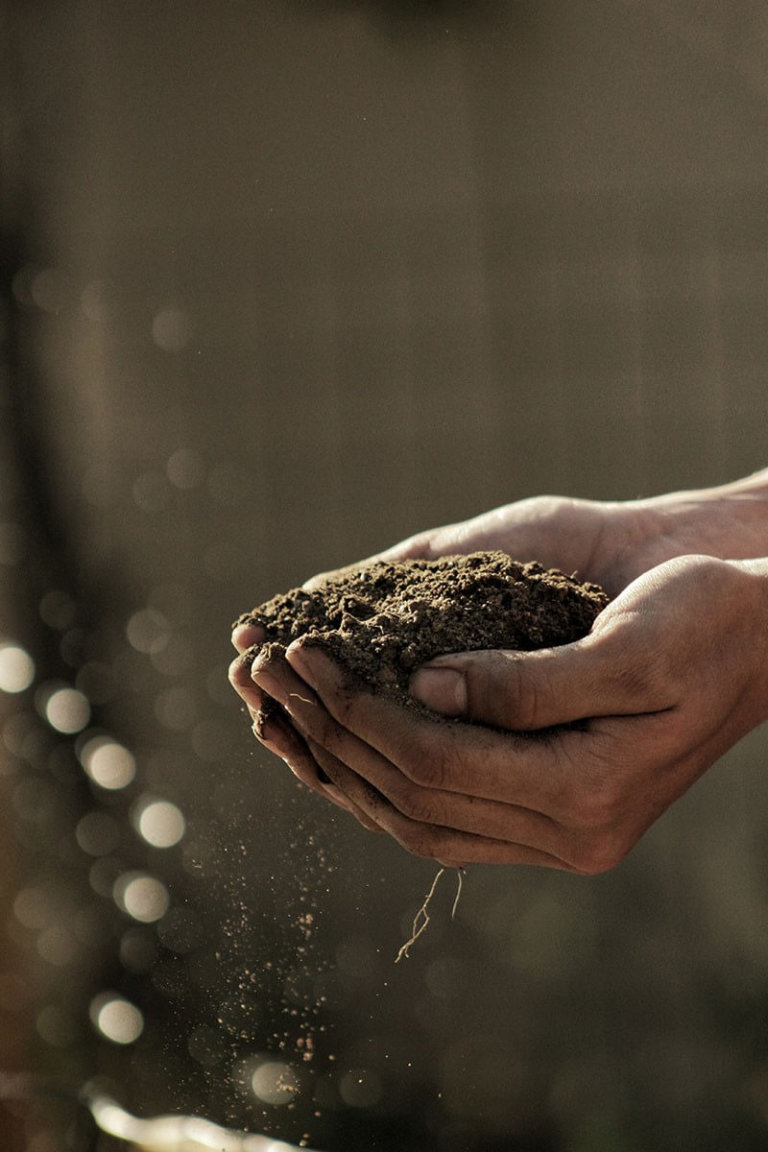
Some would argue that as a forester, it’s my job to manage trees. However, I think that the forest,…

While many forest landowners and managers are superheroes in their own right, working tirelessly to protect and support healthy forests, a few forest stewards have a special super-power, one that, thankfully, anyone can develop. I call it the “landscape view,” the awareness of how a property fits into our broader landscape.

As I’ve alluded to in other columns, I consider forest fragmentation to be one of the biggest threats to our forests. Forest fragmentation is the process by which large areas (“blocks”) of forestland are split into smaller pieces by human development and infrastructure, usually roads, driveways and residential or commercial development.
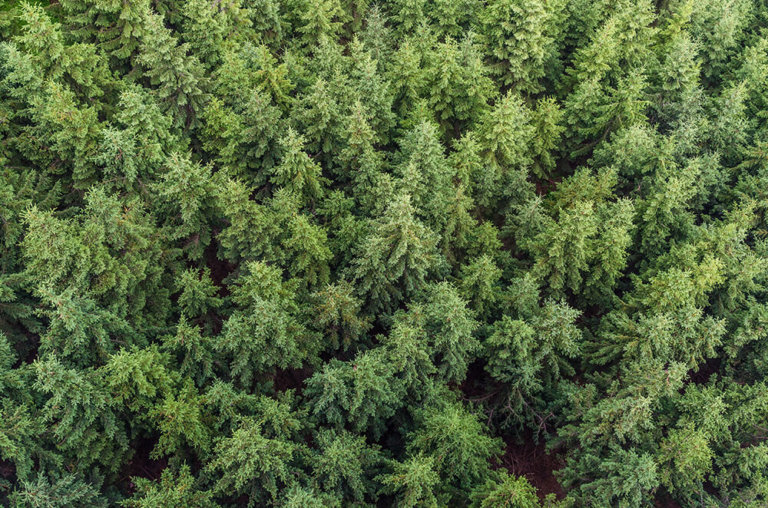
Somewhere encoded into our DNA is an appreciation for forests with evenly spaced, uniformly sized trees and a completely bare understory. If you identify with that idyllic vision, you’re not the only one; most landowners I meet picture healthy forests in that way.

Forestry is the practice of managing forested ecosystems. However, since forests seem to be able to take care of themselves, do we really need to manage them at all?

When trying to manage for healthy forests, you must first consider how to gauge forest health. After all, if we don’t know what condition we’re shooting for, it’s hard to know when we’re headed in the right direction. Is a healthy forest, one filled with trees growing quickly and efficiently? Or one without disease? Does it include high-quality wildlife habitat, or should forest health be measured solely on the condition of trees?
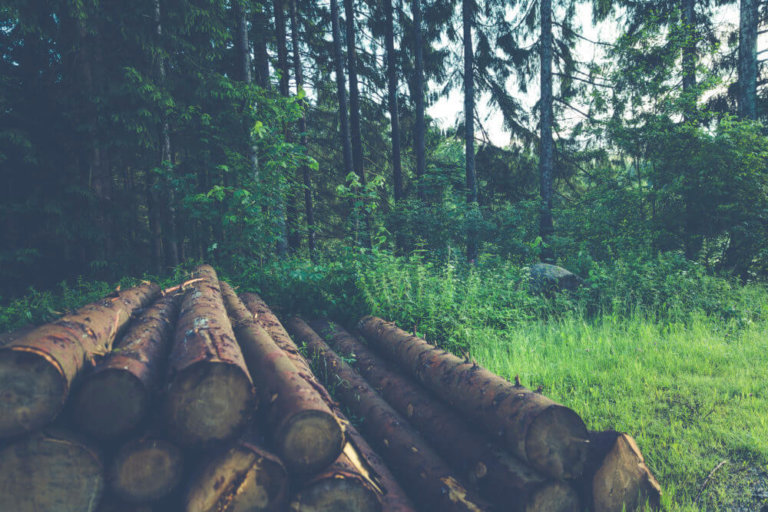
The harvesting of trees is disruptive. Anyone who tells you otherwise is glossing over how thoroughly a disturbance like logging can affect a forest, its growth and fertility. In my mind of the most important thing that foresters do is oversee the harvesting of forest products while looking after the health of the forest and its inhabitants.